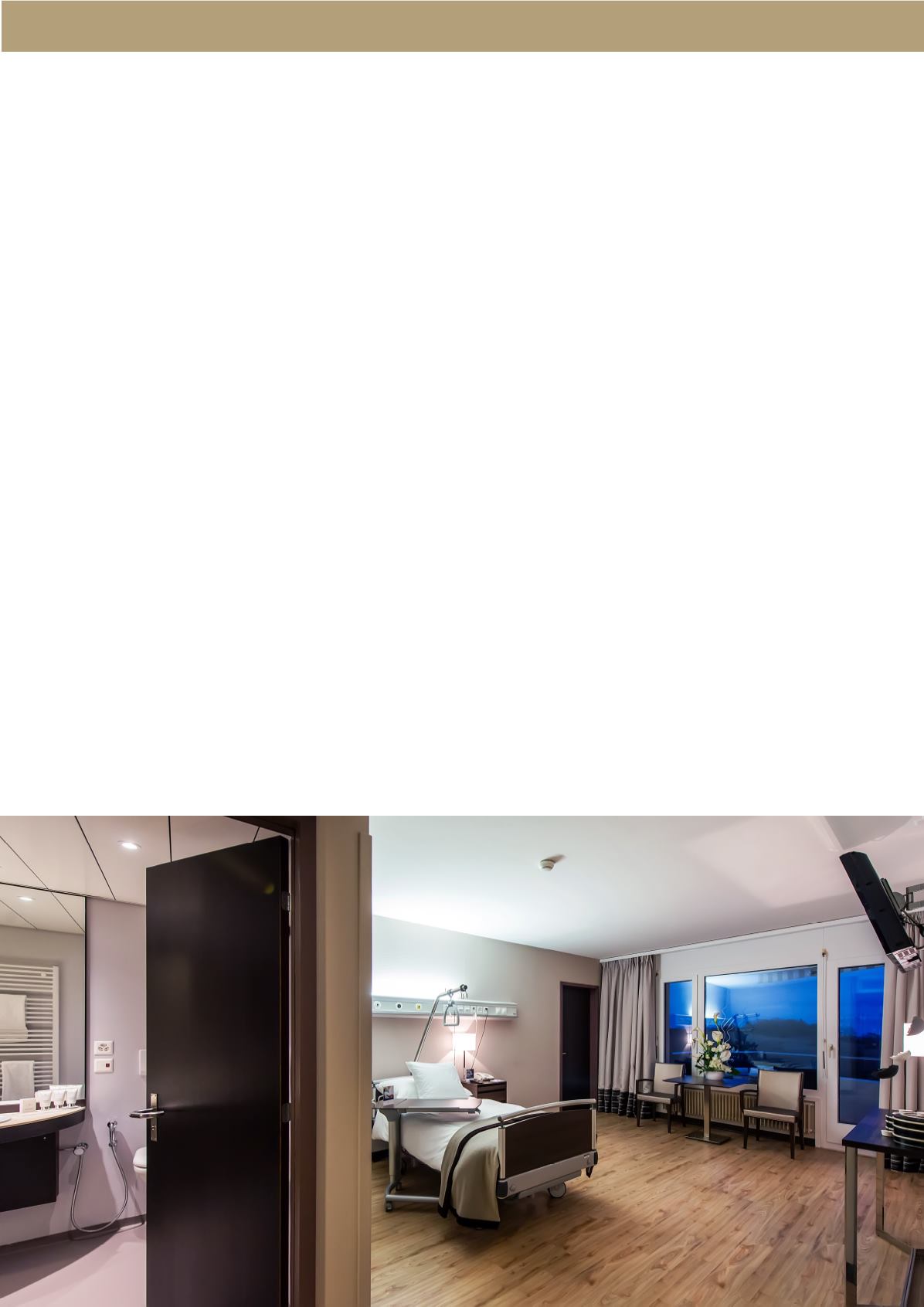

5
elastic rigidity of the tunica albuginea that covers it. The
pressure is also supported by the partial closure, by
compression and contraction of smooth muscle fibers
near the valves of the veins. When nervous stimuli that
contrast the erection prevail, the signals sent from the
nerves to the corpora cavernosa lead to smooth muscle
contraction of the trabeculae which leads to reduction
of cavernous gaps, thus reducing the flow of blood to
the penis. The pressure in the corpora cavernosa then
decreases making the outflow of blood from the penis
and the return to the state of flaccidity possible. Usually
every situation that activates the sympathetic nervous
system, such as anxiety, stress or fear, contrast erection
since a greater contraction of the trabeculae of the
cavernous body occurs.
An erection begins in the brain and involves both the
nervous and the vascular systems. When nervous
impulses cause the erection, stimulated by visual,
tactile, olfactory or psychogenic sensations, the signals
through specific nerves reach the corpora cavernosa
cause the relaxation of smooth muscle that makes up
the trabeculae of the cavernous tissue, making the
spaces delimited by these vascular wider and
increasing the amount of blood within the penis. This
very process causes an increase in pressure within the
penis that crushes small veins that allow the outflow of
blood from the corpora cavernosa. In this way the
penis increases its volume and, due to the pressure
inside it, also its rigidity. This rigidity is caused by the
delicate balance that is achieved between the
increased pressure in the vascular network and the
Physiology of the penis



















